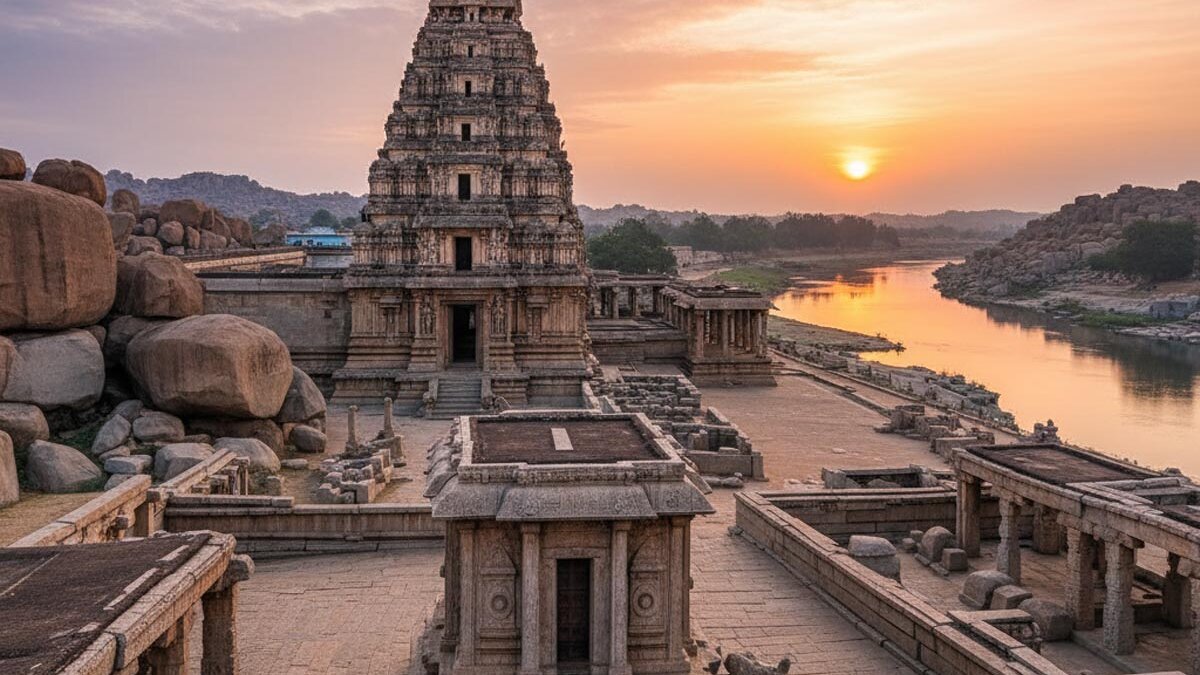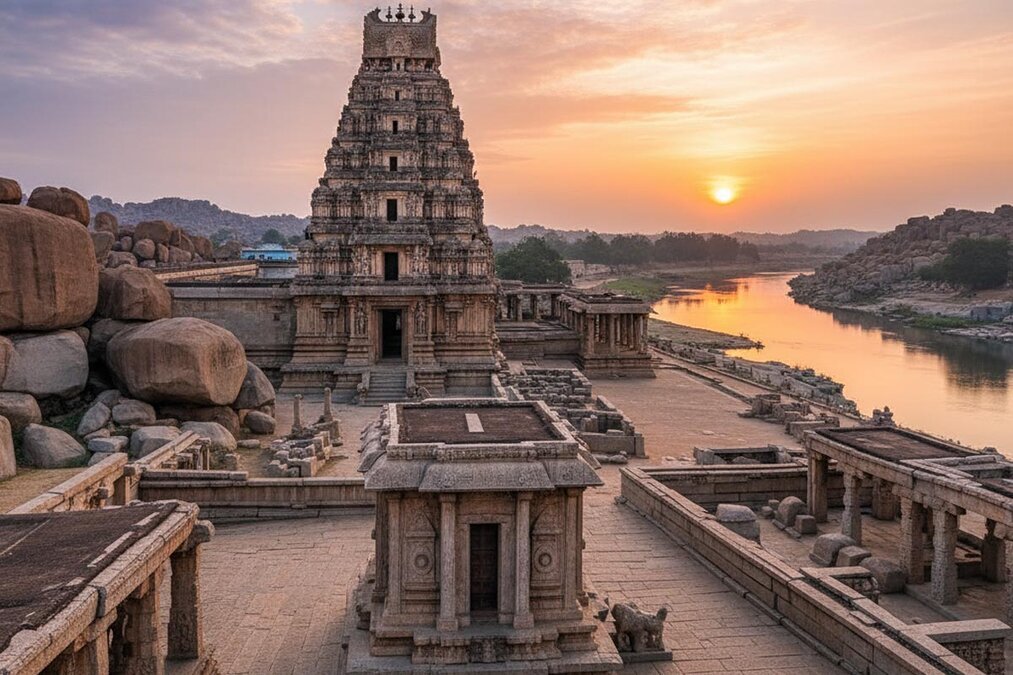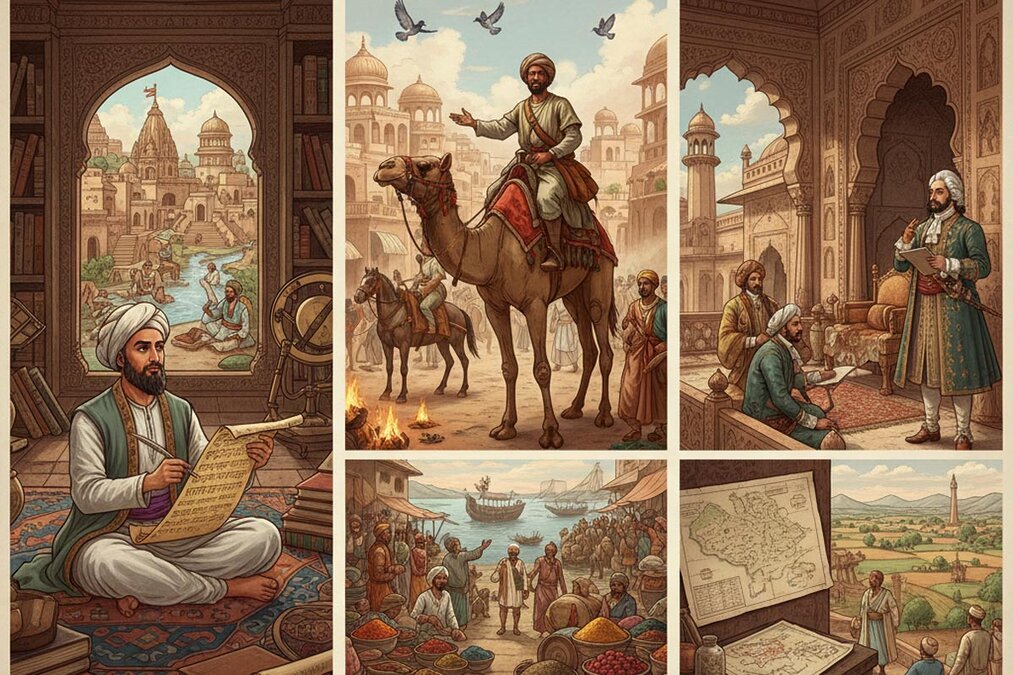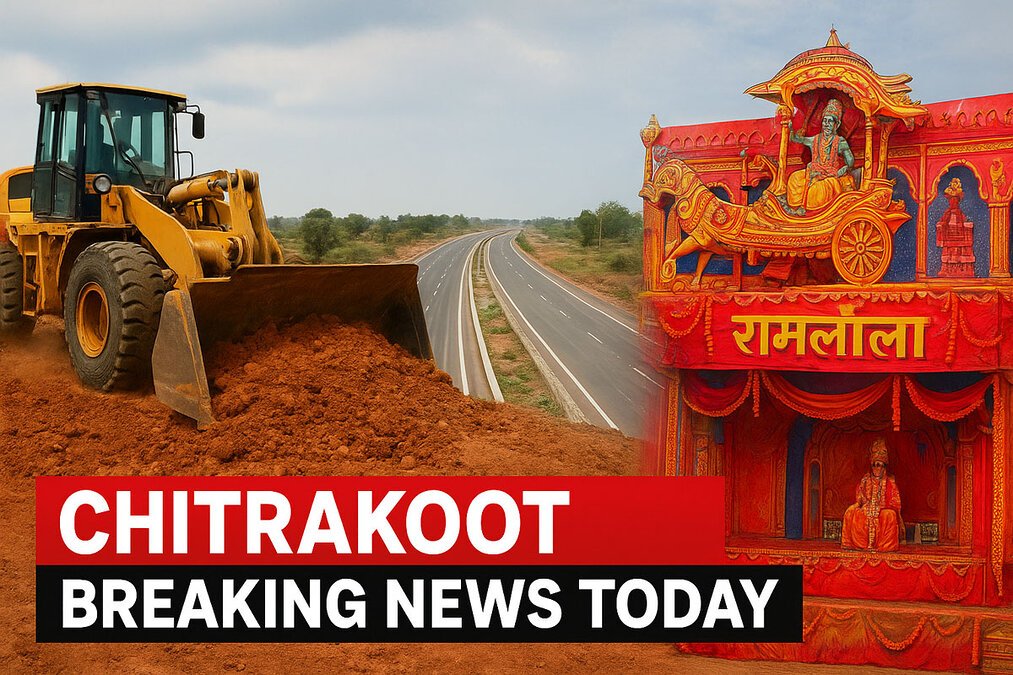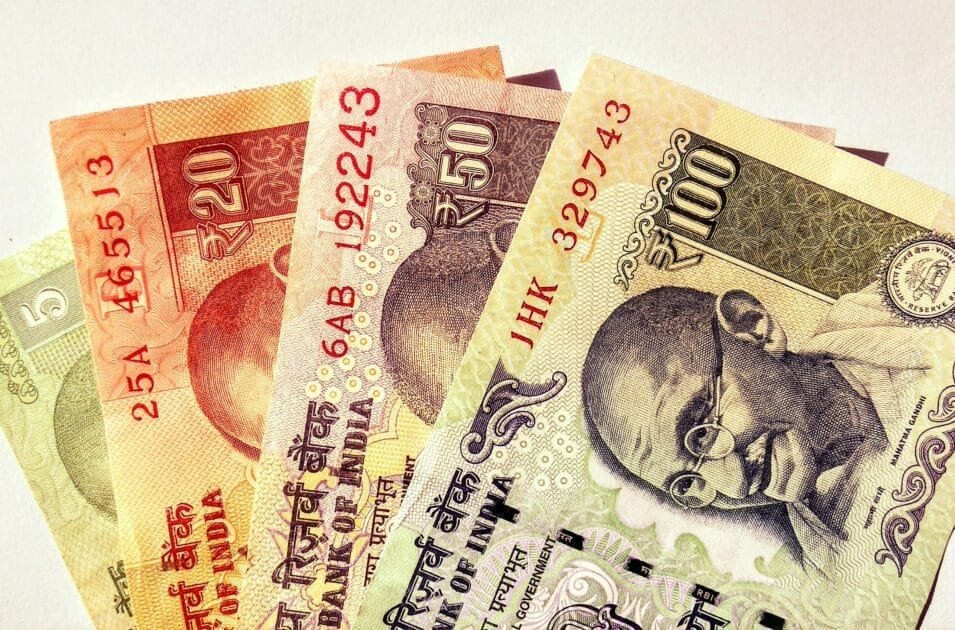The Vijayanagara Empire history is one of the most remarkable chapters in India’s medieval past. Founded in the 14th century, this “City of Victory” symbolized power, spirituality, and artistic brilliance. Stretching from the Krishna River in the north to the southernmost tip of India, the Vijayanagara Empire was both a thriving city and a mighty kingdom. Even after its fall in 1565, the ruins of Hampi continued to echo with tales of its glory.
Rediscovery of Hampi and Archaeological Research
The ruins of Hampi were rediscovered in 1800 CE by Colonel Colin Mackenzie, the first Surveyor General of India. His surveys and interviews with the priests of Virupaksha and Pampadevi temples helped preserve the legacy of the fallen empire. Later, epigraphists, archaeologists, and historians used inscriptions, foreign travelogues, and local legends to reconstruct the city’s magnificent past.
In 1986, Hampi was declared a UNESCO World Heritage Site, earning global recognition for its monumental architecture and historical significance.
👉 Learn more on UNESCO Hampi Official Page
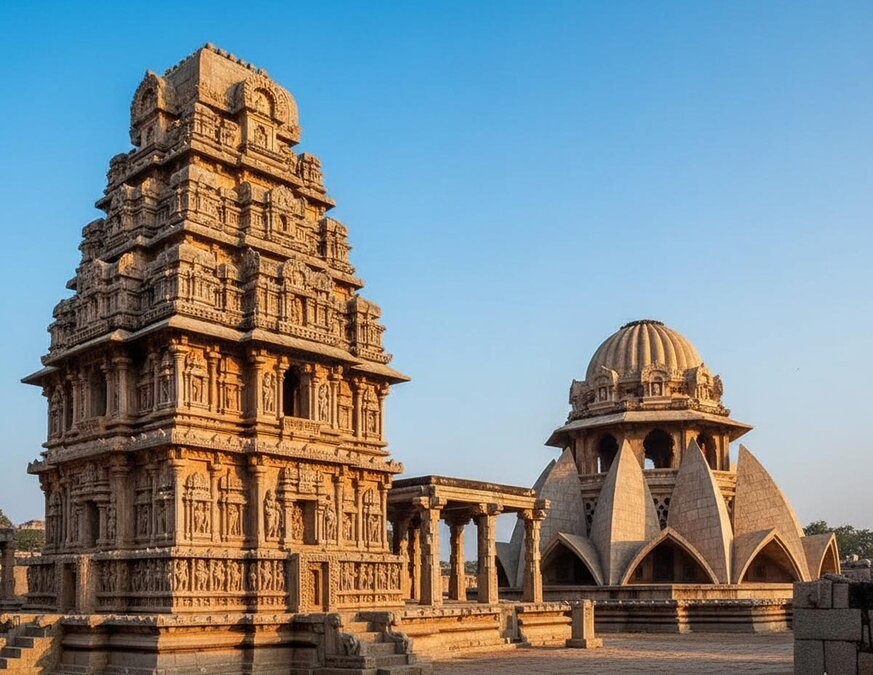
The Founders: Harihara and Bukka
The Vijayanagara Empire history began in 1336 CE when Harihara and Bukka, two brothers of the Sangama dynasty, established their capital on the banks of the Tungabhadra River. They united diverse linguistic and religious communities, creating a powerful political and cultural centre.
Their empire absorbed influences from the Cholas, Hoysalas, and Pandya dynasties, building upon South India’s strong temple-building and governance traditions.
Trade, Wealth, and Global Connections
The Vijayanagara Empire was one of the wealthiest in the medieval world. Its merchants traded in spices, textiles, horses, and precious stones with Arab, Persian, and Portuguese traders. After 1498, the Portuguese brought superior ships and muskets, making Vijayanagara a major player in Indian Ocean trade.
Krishnadeva Raya, in his Telugu text Amuktamalyada, urged kings to build harbors and treat foreign merchants well to ensure prosperity.
📖 Read also: यात्रियों की आँखों से भारत : दसवीं से सत्रहवीं शताब्दी तक का सामाजिक, सांस्कृतिक और आर्थिक विश्लेषण
Krishnadeva Raya: The Golden Era of Vijayanagara
Under Krishnadeva Raya (1509–1529) of the Tuluva dynasty, the Vijayanagara Empire history reached its golden age. He expanded the empire, securing victories in Raichur Doab, Orissa, and against the Sultan of Bijapur.
He was a patron of literature, art, and temple architecture. His court was home to the Ashtadiggajas, the eight great poets of Telugu literature. Krishnadeva Raya commissioned the majestic Raya Gopuram of the Virupaksha Temple and several public works that reflected both devotion and engineering mastery.
The Amara-Nayaka System: Administrative Innovation
A key feature of the Vijayanagara Empire history was the Amara-Nayaka system, where military chiefs called nayakas were granted territories to govern in exchange for maintaining troops and paying tribute.
They collected taxes, supported temples, and managed irrigation systems. Over time, some nayakas grew powerful enough to form semi-independent states, such as Madurai, Ikkeri, and Thanjavur, contributing to the empire’s eventual fragmentation.
Urban Planning and Architecture of Vijayanagara
The capital city was an engineering marvel. Built within a natural basin of the Tungabhadra River, and surrounded by granite hills, it was divided into three zones:
- The Sacred Centre – home to the Virupaksha and Vitthala temples
- The Royal Centre – housing palaces and administrative structures
- The Urban Core – full of bazaars, residences, and roads
Water management was advanced for its time, with systems like the Kamalapuram Tank and Hiriya Canal supplying the city and fields. Seven lines of fortification walls protected not just the royal precinct but also agricultural lands — ensuring survival during sieges.
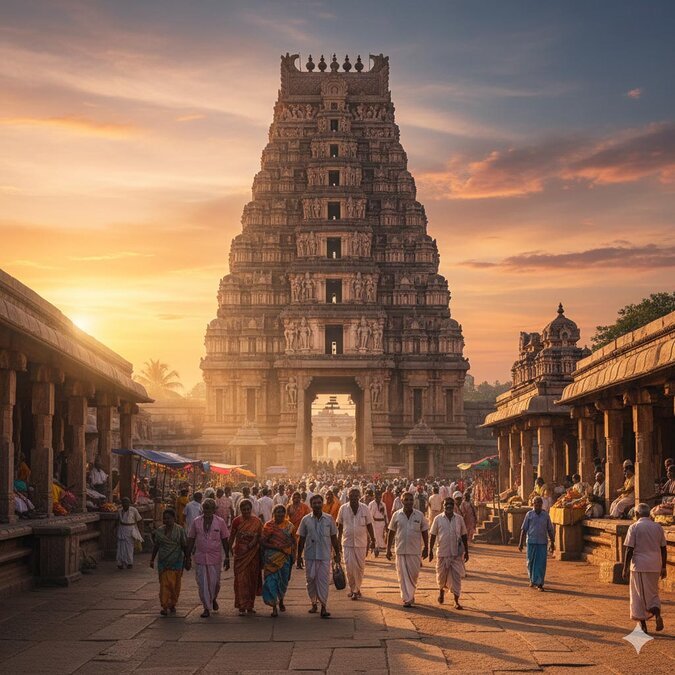
The Royal Centre: Power, Ritual, and Symbolism
The Royal Centre represented both political power and divine legitimacy. It had more than 60 temples and 30 palaces, blending spirituality and governance.
The Mahanavami Dibba, a massive ceremonial platform, hosted royal festivals such as Navaratri, showcasing the empire’s military and cultural grandeur. Nearby, the Lotus Mahal and Elephant Stables display a unique Indo-Islamic architectural style, reflecting Vijayanagara’s cosmopolitan spirit.
🎥 Watch: India and Iran: A Comparative Journey Through Culture, Society, and Modernity
The Sacred Centre and Temples of Hampi
At the heart of the Vijayanagara Empire history lies the Virupaksha Temple, dedicated to Lord Shiva. Expanded by Krishnadeva Raya, its monumental Raya Gopuram towers above Hampi even today. The temple’s annual festival, celebrating the divine marriage of Virupaksha and Pampa Devi, continues as a vibrant tradition.
Another masterpiece, the Vitthala Temple, dedicated to Lord Vishnu, features the legendary stone chariot and musical pillars. Its long chariot streets and pillared bazaars once bustled with pilgrims and traders, linking spirituality and economy seamlessly.
Decline, Rediscovery, and Modern Legacy
The Battle of Talikota (1565 CE) marked the tragic fall of the Vijayanagara Empire. The combined forces of the Deccan Sultanates defeated Rama Raya, leading to the sack and abandonment of the city.
However, the Aravidu dynasty continued to rule from Penukonda and Chandragiri until the 17th century. The empire’s architectural legacy survived through the Nayaka rulers of Madurai and Thanjavur.
Today, the Archaeological Survey of India (ASI) and scholars like George Michell and John Fritz have revived interest in Vijayanagara’s grandeur.
📚 Visit: ASI Hampi Official Page
The Eternal Legacy of the City of Victory
The Vijayanagara Empire history stands as a timeless symbol of India’s unity, creativity, and cultural power. Its temples, water systems, and marketplaces reveal a civilization that balanced devotion with progress.
In the ruins of Hampi, the spirit of Vijayanagara endures — reminding us that while empires may fade, their light continues to inspire generations.

